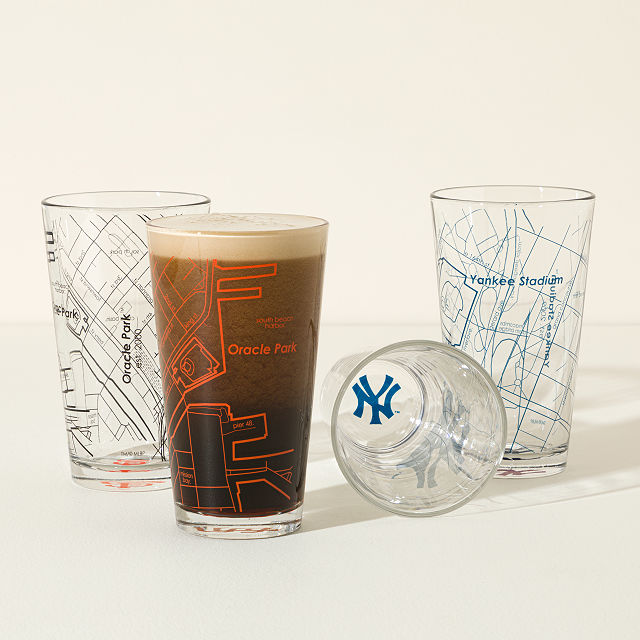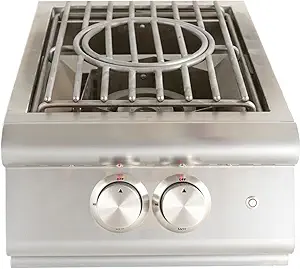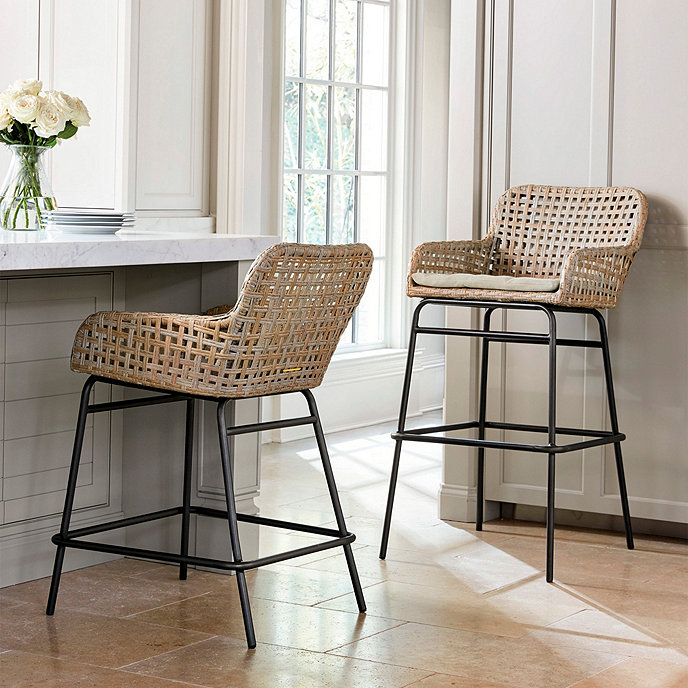Baseball Park Map Pint Glasses – Set of 2
Each set of two features a map of an iconic MLB stadium in the team’s two main colors.
Calling a baseball stadium just a building is like calling the Louvre just a museum. A true fan’s ballpark is sacred ground, and these are a true fan’s pint glasses. Each set of two features an overhead map of an iconic MLB stadium in the team’s two main colors. When you’ve taken your last sip, you’ll see your team’s logo in the bottom. They make a fantastic gift for the baseball lover who knows diamonds are forever. Made by Brian Johnson in Pennsylvania.
Want more options? Check out our Whiskey Glass Versions!
Major League Baseball trademarks and copyrights are used with permission of Major League Baseball Properties, Inc.
Additional information
| MADE FROM | glass |
|---|---|
| MEASUREMENTS | 3.5" diameter x 5.75" H; 16 fl oz capacity |






by Babs
If you are looking for a great conversation piece and love the Philadelphia Phillies these Citizens Bank Park glasses are for you. These pint size glasses are good quality and we love that a box of two comes with one red and one blue glass. These glasses were purchased for my husband for his birthday. He uses one for his iced tea during the day and puts the other glass in the freezer to frost up for when he pours his favorite beer into that frosted glass. He has been a Phillies fan his entire life and these are his favorite at home glasses. I also purchased another set of glasses that we gave to our friends who are also Philadelphia fans. They loved them and thought that they were so unique. Just remember, top rack of dishwasher only.
by Laurie
We use this product in our regular rotation of glasses, so it gets used a lot. The map does not show any signs of wearing off in the dishwasher. The glasses are heavier than every day glasswear, so I believe it would be great in a commercial setting as well. It is a product made with quality at a reasonable price. This is the perfect unique gift for fans of any team.
by Chris
Perfect gift for any die hard baseball fan regardless of their beverage of choice. No batter way to enjoy a beverage while we’re all at home than imagining yourself on a warm summer night or bright spring day at your favorite stadium rooting on your favorite team. Nice weight to the glass but not overwhelmingly heavy.
by Hanah
I wouldn’t have spent that much money on pint glasses for myself, but I couldn’t pass up their uniqueness and I knew the joy my uncle would have receiving them.